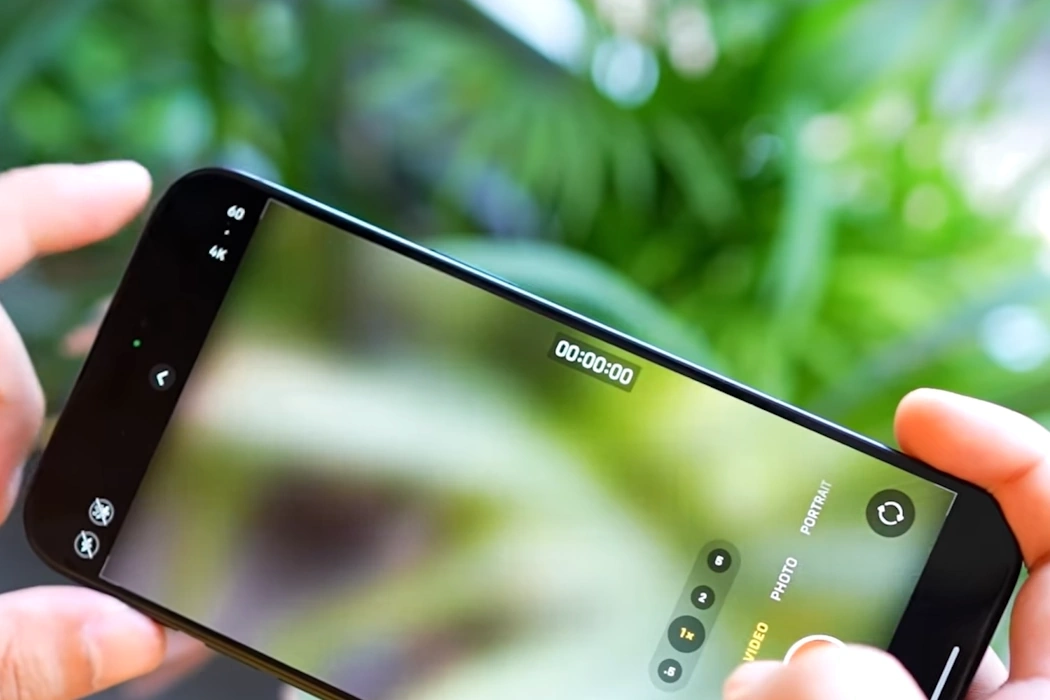Are you frequently plagued by the frustrating problem of camera shake leading to blurry photos on your iPhone 15 or iPhone 15 Pro series? You’re not alone. While the iPhone 15 series boasts a formidable camera system, the challenge of shaky hands and resulting image blurriness can be a common obstacle to achieving perfect shots. Whether it’s low-light conditions, fast-moving subjects, or simply the need for precise focus, we’ll dive into practical solutions to help you consistently capture sharp and clear images on your iPhone 15 or iPhone 15 Pro series.
Tips to Eliminate Camera Shake and Capture Sharp Photos on iPhone 15/15 Pro Series
1. Check Focus and Tap to Focus
Blurriness can often occur when the camera loses focus. To ensure your subject is sharp, tap on the screen where you want the camera to focus before taking a photo. This simple step can significantly improve image clarity.
2. Clean the Camera Lens
Over time, the camera lens can accumulate dust, fingerprints, or smudges, leading to a reduction in photo quality. Gently clean the lens with a microfiber cloth to ensure it remains free from obstructions that can affect sharpness.
3. Two-Handed Grip
One of the simplest ways to reduce camera shake is to hold your iPhone with both hands. Use a firm grip, ensuring that your fingers aren’t obstructing the camera lens. This provides better stability and minimizes unwanted movement during the shot.
4. Use Optical Image Stabilization (OIS)
Take advantage of your iPhone’s OIS feature, which helps compensate for hand movements. OIS is particularly effective in low-light conditions where longer exposure times can lead to blurriness.
5. Use the Built-In Timer
The iPhone’s built-in timer feature allows you to take a photo with a delay, eliminating any immediate hand movement that might cause blur. Set the timer for a few seconds to steady your shot before it’s captured.
6. Invest in a Tripod or Phone Holder
For more advanced stability, consider purchasing a tripod or a phone holder. These accessories are particularly useful for low-light photography or situations where extended exposure times are necessary.
7. Turn on the Grid
Enable the grid in your camera settings (Settings > Camera > Grid) to help you align your shots accurately. This can assist in maintaining a level horizon and improving photo clarity.
8. Use the Right Mode
Choose the shooting mode that best suits your subject and lighting conditions. For instance, employ the Portrait mode for people or objects you want to isolate from the background, or activate Night mode in low-light environments to enhance clarity.
9. Adjust Exposure
Tap the screen where you want to focus, then slide your finger up or down to adjust the exposure manually. This can help balance the exposure and reduce overexposure or underexposure, which can cause blurriness.
10. Turn on the Flash
In situations with insufficient light, don’t hesitate to use the flash. The iPhone’s True Tone flash is designed to freeze motion and reduce blur, especially when photographing subjects in motion or under low-light conditions.
11. Increase Shutter Speed
Within the camera app, consider using the “Auto” mode or “P” (Program) mode to have more control over shutter speed. Faster shutter speeds are ideal for capturing fast-moving subjects without introducing motion blur.
12. Use Burst Mode
When faced with action shots or subjects in motion, activate Burst mode by holding down the shutter button. This mode captures a series of images in rapid succession, significantly increasing your chances of obtaining a sharp shot amidst movement.
13. Edit Photos
If you still end up with slightly blurry photos, you can use photo editing apps or the built-in Photos app to sharpen and enhance your images. Adjusting sharpness, brightness, and contrast can often salvage slightly blurred photos.
Conclusion
By following these practical tips, you can improve your iPhone 15 series’ photography skills and capture sharper and clearer images. Whether it’s ensuring precise focus, reducing camera shake, adjusting settings for exposure, or utilizing post-processing techniques, these strategies cover various factors that contribute to blurry photos.

